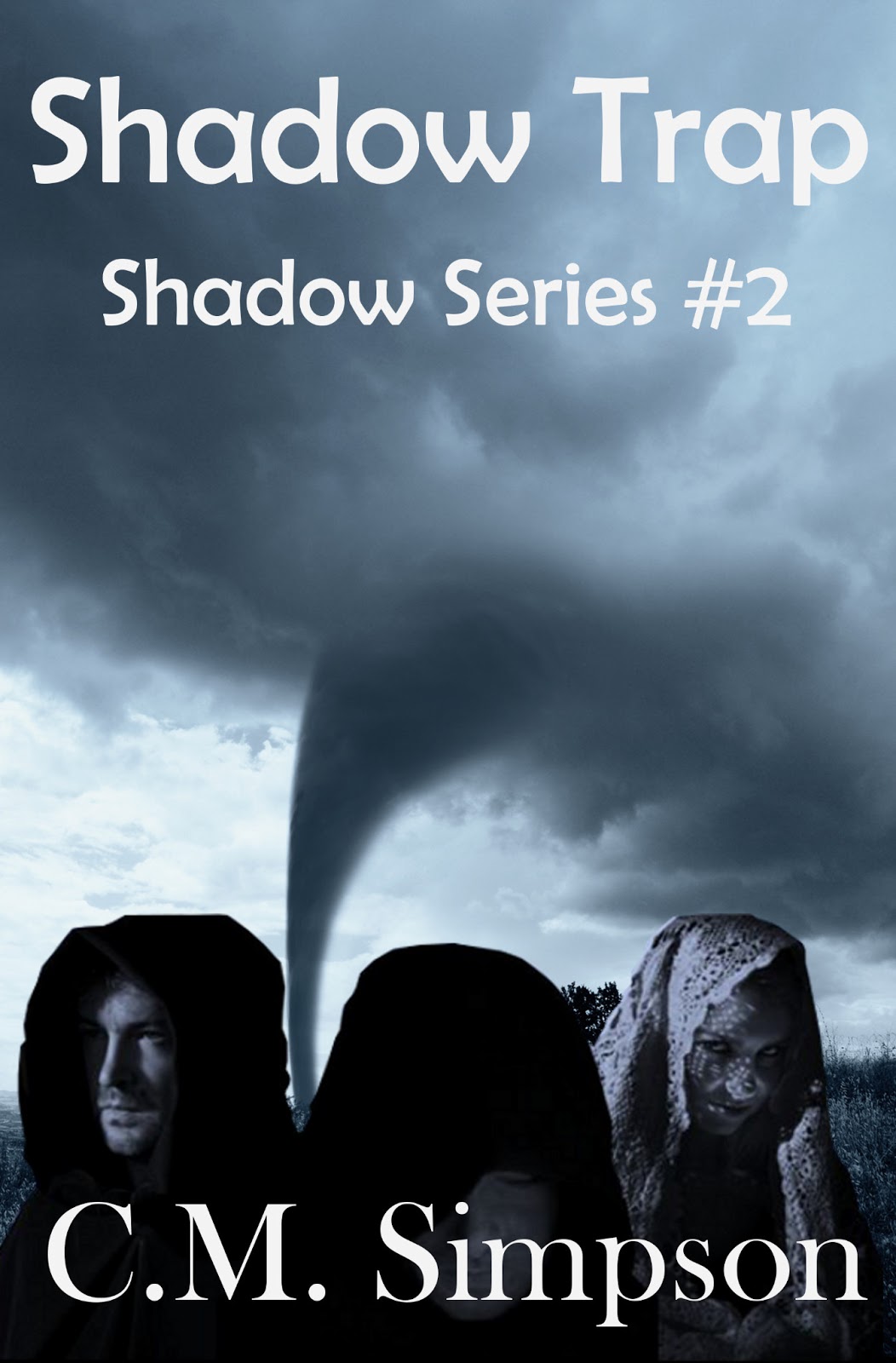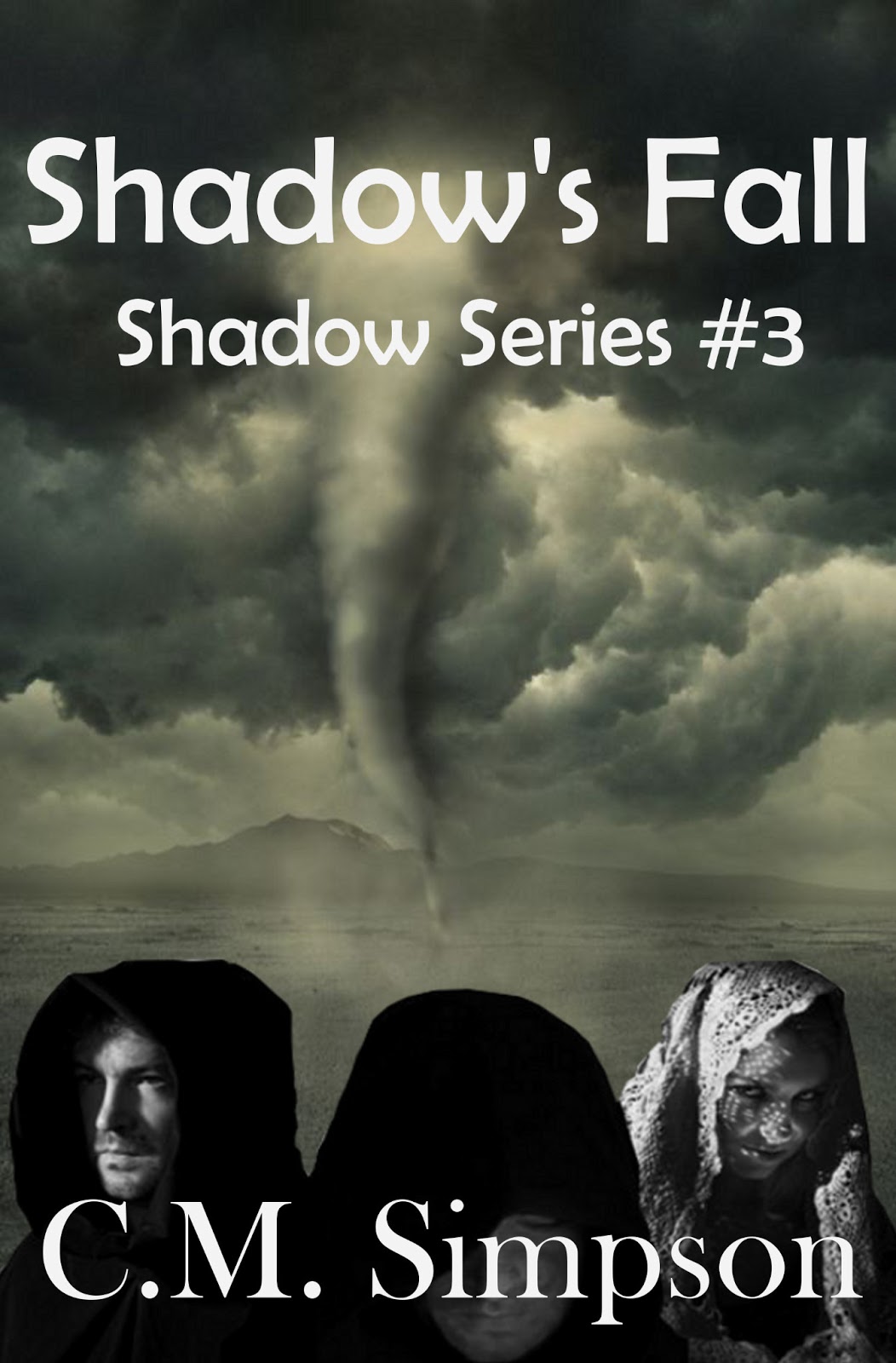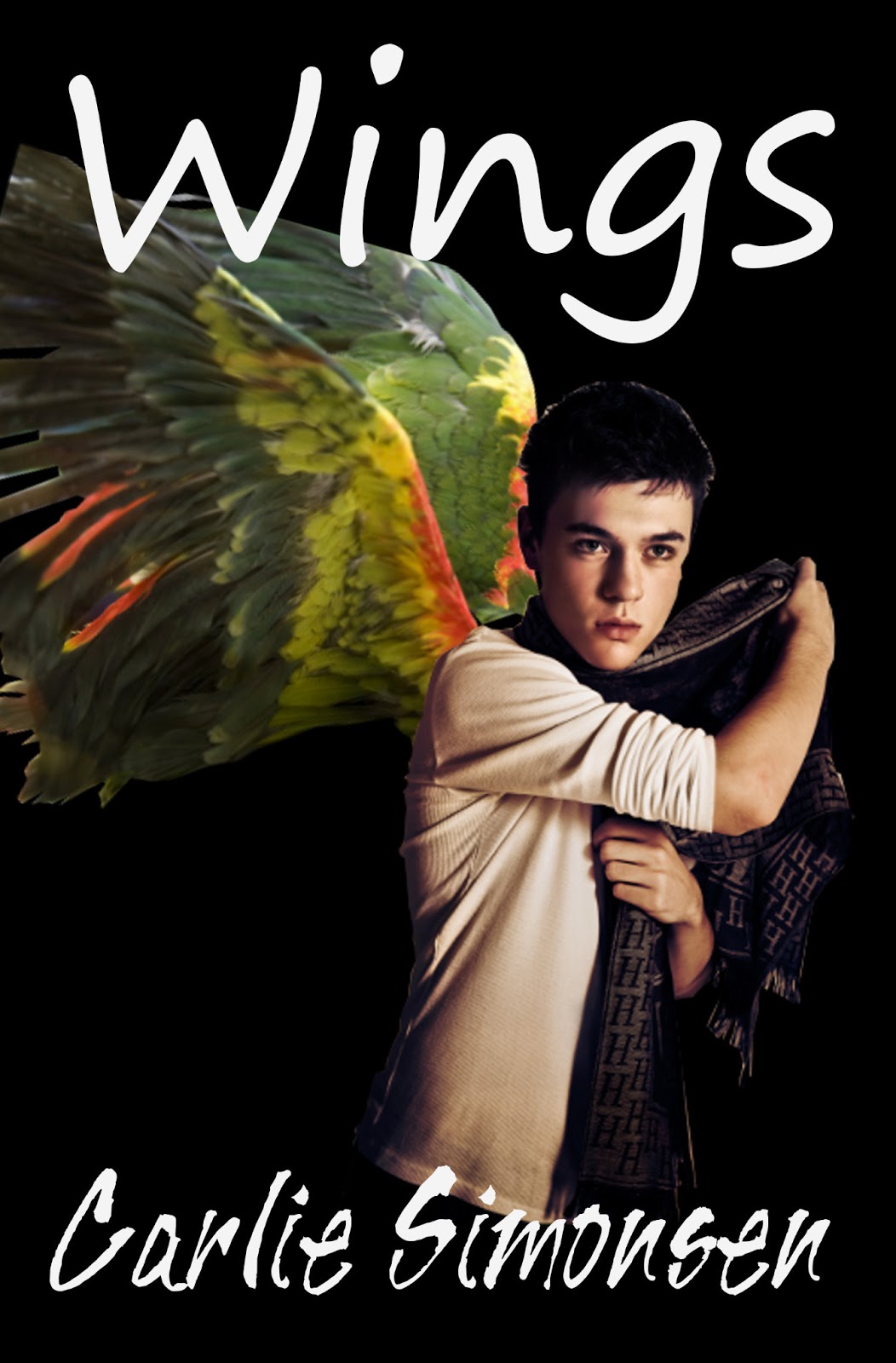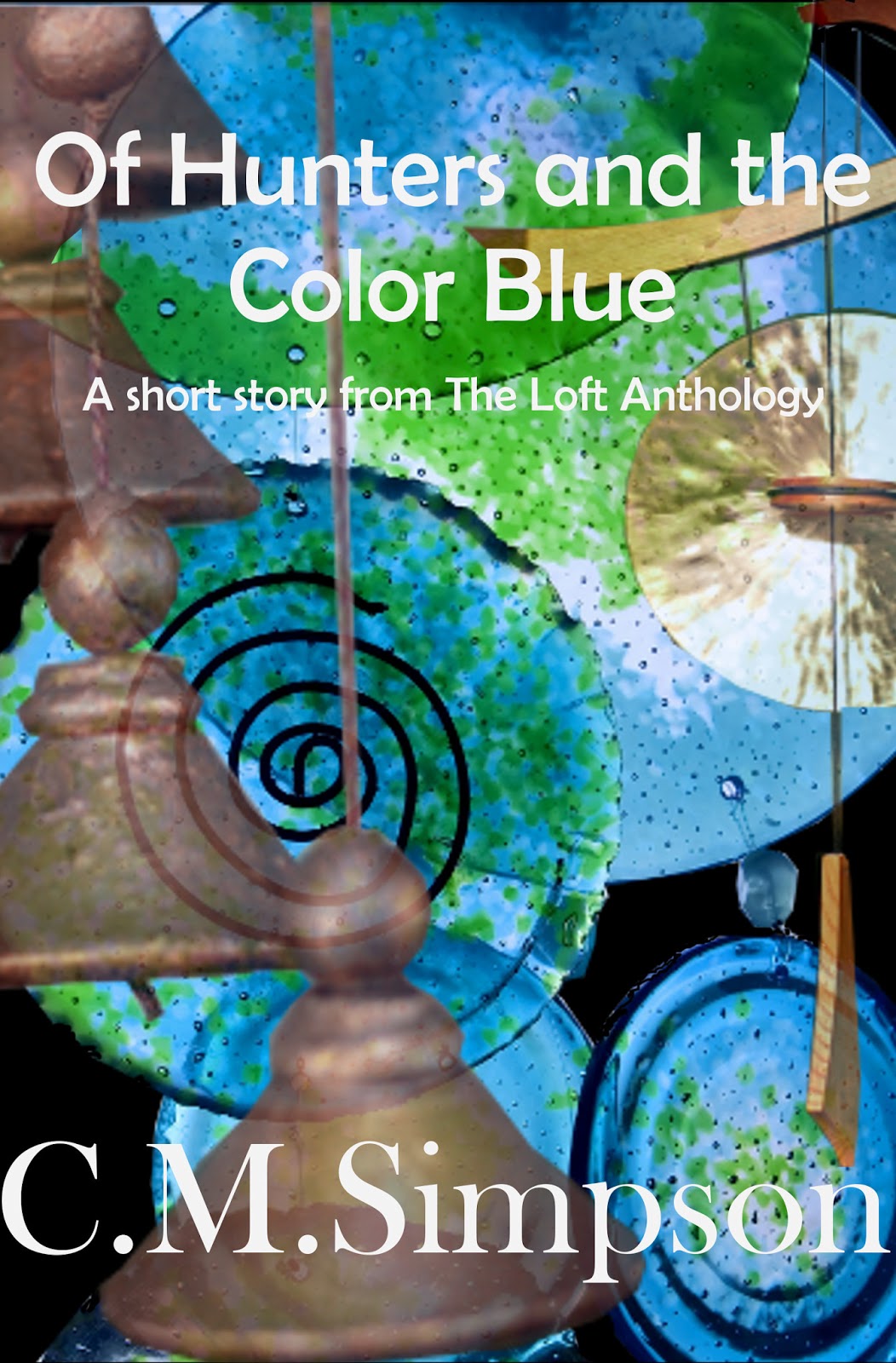Things I do when editing and why it’s important
This piece originally appeared on the Dark Side Down Under Magic Thursday feature in March 2013, some six months ago. I thought it might be interesting to repeat it here.
 I’ve been writing for as long as I can
remember, but writing with an eye for publication since at least 1991. I have
been a submissions editor for Aurealis
magazine, a copy editor for the now defunct Dark Eden Press, a copy editor for
the still-living Lyrical Press for three years, and I’ve edited for roleplaying
companies for almost 10 years. I am also the author of the Shadow series (currently at three books), the Tales from the Five Kingdoms series (currently at one, with one on
the way), one full-length romance, over 20 short stories and poems of varying
genres, and five anthologies. I thought it might be useful to talk about some
the things I’ve learned about editing along the way.
I’ve been writing for as long as I can
remember, but writing with an eye for publication since at least 1991. I have
been a submissions editor for Aurealis
magazine, a copy editor for the now defunct Dark Eden Press, a copy editor for
the still-living Lyrical Press for three years, and I’ve edited for roleplaying
companies for almost 10 years. I am also the author of the Shadow series (currently at three books), the Tales from the Five Kingdoms series (currently at one, with one on
the way), one full-length romance, over 20 short stories and poems of varying
genres, and five anthologies. I thought it might be useful to talk about some
the things I’ve learned about editing along the way.
 So… one of the
things high on the list of things Indie authors have to get right is editing.
Given that editing your own work has been described as ‘trying to do emergency
surgery on yourself’, how does an Indie go about it? And do any of the
techniques below have any relevance for those submitting work to traditional
publishers?
So… one of the
things high on the list of things Indie authors have to get right is editing.
Given that editing your own work has been described as ‘trying to do emergency
surgery on yourself’, how does an Indie go about it? And do any of the
techniques below have any relevance for those submitting work to traditional
publishers?
 As with
publishing, there are no longer any right, or wrong, ways to go about editing…
unless, of course, you decide not to do any. That would definitely fall into
the ‘wrong’ category. As an independent author, you owe your readers the
respect of editing your work to the best of your ability, and as a traditional
author, you owe the editors, agents and publishers you expect to work with the
respect of editing your work to the best of your ability.
As with
publishing, there are no longer any right, or wrong, ways to go about editing…
unless, of course, you decide not to do any. That would definitely fall into
the ‘wrong’ category. As an independent author, you owe your readers the
respect of editing your work to the best of your ability, and as a traditional
author, you owe the editors, agents and publishers you expect to work with the
respect of editing your work to the best of your ability.
1.
Make editing part of
your daily writing process. Reading over the previous chapter and any work on
your current chapter enables you to
pick up the threads of the story and
reduces the chances of continuity errors in your work. This is a light edit or read
over. It should be no more than ten or twenty minutes, though, or you could get
side-tracked into an editing session you don’t need to do yet.
2. When you finish your first draft ‘nuke’ your manuscript and reformat it. This will give you a clean manuscript to work with. ‘Nuking’ consists of:



 3.
If you are
independently publishing it, add your title page, dedication page, Table of
Contents, acknowledgements and Author Page in as complete a form as possible.
If you are submitting it, go to the formatting guidelines, and make sure you
have formatted the document as required.
3.
If you are
independently publishing it, add your title page, dedication page, Table of
Contents, acknowledgements and Author Page in as complete a form as possible.
If you are submitting it, go to the formatting guidelines, and make sure you
have formatted the document as required.
4. Once the formatting is done, go through the document, line by line, reading each sentence for meaning, and looking for spelling and grammatical errors. Keep an eye out for story inconsistencies, also.
5. When you finish your first pass, leave it for a week, and then repeat Step 4.
6. Once you are happy with the story, give it to your beta reader or readers, and have them go through it, or submit it to a professional editor to check. I prefer to do this one reader or editor at a time, if I can. That way I’m only working with one manuscript version at a time. DO NOT WORK ON YOUR MANUSCRIPT while you wait for the beta reader or editor feedback, as this can lead to multiple versions being out there, and can create problems in tracking what stage you’re at, or what version you’re working with. Work on something else. This gives you a clean mental break, which will help you establish a detachment to your work when you make your final pass.
7. Once you have incorporated the beta reader suggestions and edits, go
over your work once more.
8. Repeat Steps 2-3.
And
good luck :-)
 I’ve been writing for as long as I can
remember, but writing with an eye for publication since at least 1991. I have
been a submissions editor for Aurealis
magazine, a copy editor for the now defunct Dark Eden Press, a copy editor for
the still-living Lyrical Press for three years, and I’ve edited for roleplaying
companies for almost 10 years. I am also the author of the Shadow series (currently at three books), the Tales from the Five Kingdoms series (currently at one, with one on
the way), one full-length romance, over 20 short stories and poems of varying
genres, and five anthologies. I thought it might be useful to talk about some
the things I’ve learned about editing along the way.
I’ve been writing for as long as I can
remember, but writing with an eye for publication since at least 1991. I have
been a submissions editor for Aurealis
magazine, a copy editor for the now defunct Dark Eden Press, a copy editor for
the still-living Lyrical Press for three years, and I’ve edited for roleplaying
companies for almost 10 years. I am also the author of the Shadow series (currently at three books), the Tales from the Five Kingdoms series (currently at one, with one on
the way), one full-length romance, over 20 short stories and poems of varying
genres, and five anthologies. I thought it might be useful to talk about some
the things I’ve learned about editing along the way. So… one of the
things high on the list of things Indie authors have to get right is editing.
Given that editing your own work has been described as ‘trying to do emergency
surgery on yourself’, how does an Indie go about it? And do any of the
techniques below have any relevance for those submitting work to traditional
publishers?
So… one of the
things high on the list of things Indie authors have to get right is editing.
Given that editing your own work has been described as ‘trying to do emergency
surgery on yourself’, how does an Indie go about it? And do any of the
techniques below have any relevance for those submitting work to traditional
publishers?
I’ll answer the
second question first: YES. Why? Because any author submitting their work to a
publisher, editor or agent needs to submit their work in the best condition
they can manage. Editing your work prior to submission is something every
writer should do, whether they are submitting their work to someone else, or
uploading it to a distribution platform.
 As with
publishing, there are no longer any right, or wrong, ways to go about editing…
unless, of course, you decide not to do any. That would definitely fall into
the ‘wrong’ category. As an independent author, you owe your readers the
respect of editing your work to the best of your ability, and as a traditional
author, you owe the editors, agents and publishers you expect to work with the
respect of editing your work to the best of your ability.
As with
publishing, there are no longer any right, or wrong, ways to go about editing…
unless, of course, you decide not to do any. That would definitely fall into
the ‘wrong’ category. As an independent author, you owe your readers the
respect of editing your work to the best of your ability, and as a traditional
author, you owe the editors, agents and publishers you expect to work with the
respect of editing your work to the best of your ability.
Editing
Tips. You can incorporate any or all of these into
your work process. These are what work for me:
2. When you finish your first draft ‘nuke’ your manuscript and reformat it. This will give you a clean manuscript to work with. ‘Nuking’ consists of:
a.
Use the ‘Find and
replace’ function in Word to Find <space><space> (not literally,
you know, all the places you hit the space bar twice. Replace
‘<space><space>’ with ‘<space>’.
b.
Repeat that step until
the number of replacements reaches ‘0’.

c.
Use the ‘Find and
replace’ function to Find ‘<space>^p’ (and again I’ve typed <space>
instead of just hitting the space bar; otherwise you won’t see it). Replace
‘<space>^p’ with ‘^p’.
d.
Repeat that step until
the number of replacements reaches ‘0’.
e.
Use the ‘Find and
replace’ function to Find ‘^t’ and replace it with nothing (as in don’t put
anything at all in the Replace box)
f.
Once that’s done, use
‘CtrlA’ to select your entire manuscript and do the following:
ii.
Copy the entire Notepad
manuscript and Paste it into a fresh Word document.
iii.
Change the font to
‘Times New Roman’ OR ‘Arial’ or a similarly easy-to-read font.
iv.
Change the font size to
12.
v.
In the ‘paragraph’ box
make sure the alignment is ‘Left’
vi.
In the ‘paragraph’ box,
under ‘Indentation’ make sure you select ‘First line’ in the ‘Special’ box and
‘0.2’ (if working in inches) in the ‘By’ box.
vii.
Go through the
manuscript and use the Insert function to put in chapter breaks
viii.
Format chapter headings
and scene breaks
ix.
You now have a clean
document to work with.


 3.
If you are
independently publishing it, add your title page, dedication page, Table of
Contents, acknowledgements and Author Page in as complete a form as possible.
If you are submitting it, go to the formatting guidelines, and make sure you
have formatted the document as required.
3.
If you are
independently publishing it, add your title page, dedication page, Table of
Contents, acknowledgements and Author Page in as complete a form as possible.
If you are submitting it, go to the formatting guidelines, and make sure you
have formatted the document as required.4. Once the formatting is done, go through the document, line by line, reading each sentence for meaning, and looking for spelling and grammatical errors. Keep an eye out for story inconsistencies, also.
5. When you finish your first pass, leave it for a week, and then repeat Step 4.
6. Once you are happy with the story, give it to your beta reader or readers, and have them go through it, or submit it to a professional editor to check. I prefer to do this one reader or editor at a time, if I can. That way I’m only working with one manuscript version at a time. DO NOT WORK ON YOUR MANUSCRIPT while you wait for the beta reader or editor feedback, as this can lead to multiple versions being out there, and can create problems in tracking what stage you’re at, or what version you’re working with. Work on something else. This gives you a clean mental break, which will help you establish a detachment to your work when you make your final pass.
7. Once you have incorporated the beta reader suggestions and edits, go
over your work once more.
8. Repeat Steps 2-3.
At
this point, your work is probably as edited as it’s going to get.
STOP!
Take
a breath.
Check
your format is right for submission, or for uploading to whichever platform you
prefer.




Comments
Post a Comment